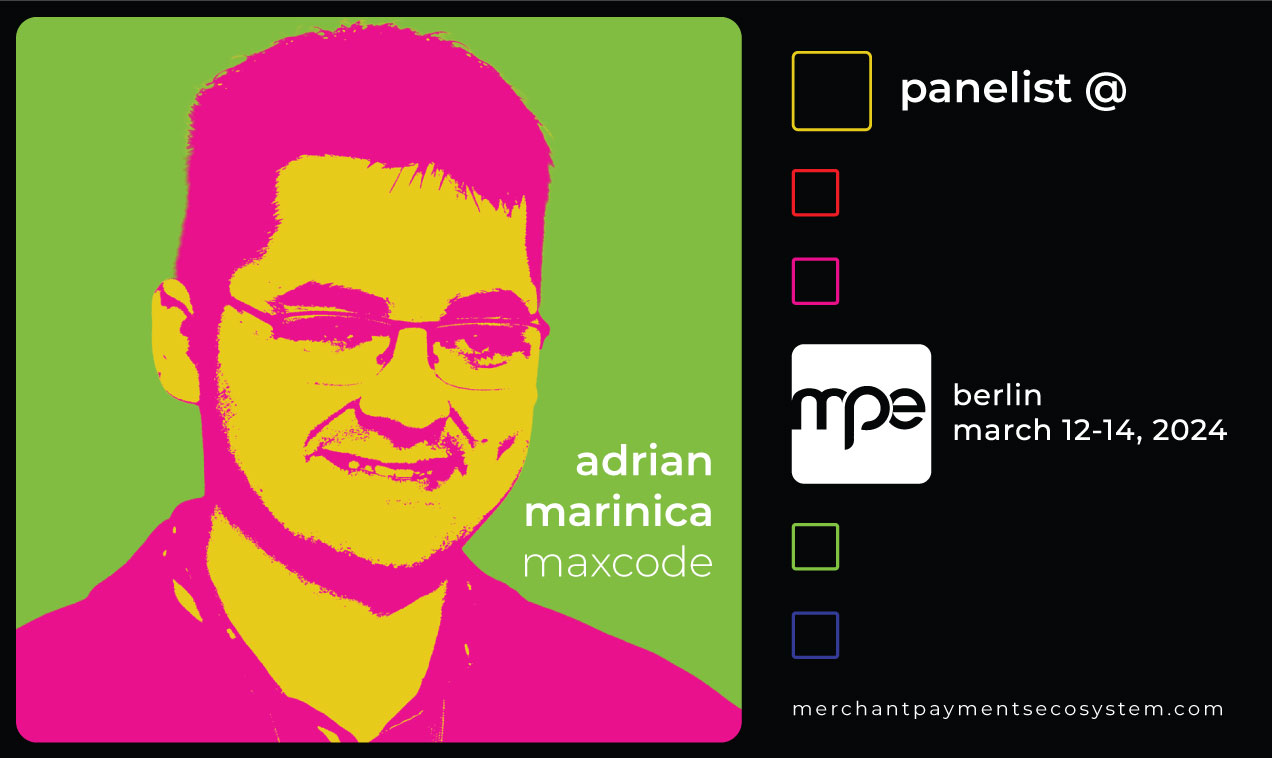If we were to define Open Banking in just a few words, we would say that it is a secure way for consumers to share information, which allows new and existing companies to offer fast payment methods and innovative banking products.
In a nutshell, Open Banking has the power to revolutionize the way we move, manage and, ultimately, make more of our money. So, no wonder that this trend garners more and more interes and power, as new players make their way on the scene to challenge the traditional payment model. And it is of importance for software developers as well, as technology is one of the main factors that have fueled this innovative trend.
Our goal is to dive into the history of Open Banking, its roots, to realize that it was the advent of technology that allowed this idea to become reality.

How does Open Banking work?
In open banking, banks give access to their APIs to authorized financial service providers. These APIs contain various pieces of information, such as an account holder’s name, account type, currency, transaction history, and more.
This information is only made available to the third-party service providers once the account holder agrees to share the data. Once that happens, the third-party service providers can access the relevant shared information via APIs. Building and implementing the APIs are up to banks.
The beginning
So, where did it all start, and where is it heading? According to the Open Banking Market by Financial Services, By Distribution Channel: Global Opportunity Analysis and Industry Forecast, 2020-2031 report, the global open banking market was valued at USD 7 billion in 2018, and is expected to reach USD 43 billion by 2026, registering a CAGR of 24.4% from 2019 to 2026.
With that in mind, let’s have a look at some of the milestones in the history of Open Banking, as well as trends and technical innovations that have the potential to support this trend’s growth.
1980: Screen test conducted by German Federal Post Office
It all started in 1980, when the German organisation ran a screen test with five external computers, and invited approximately 2,000 private users to participate. The experiment was introduced to test their new online banking service, marketed under the slogan “My bank in the living room”.
1998 – 2002: The emergence of HBCI and FinTs
The next step towards open banking was the development of the Home Banking Computer Interface (HBCI) in Germany, an open standard for customer self-service machines and electronic banking. In 2002, HBCI was replaced by FinTs (Financial Transaction Services). These allowed for the use of signature cards and offered a procedure for PIN/TAN, a banking security system where customers needed to provide their personal identification number to gain access to their accounts.
2004: The creation of SOFORT
Back in 2004, HBCI and screen scraping were combined to create what is now known as SOFORT. Screen scraping refers to the process of collecting and sharing screen display data from an application. For this to occur, the bank customer must grant the service provider permission to access their banking information and provide their login details.
2007: The first Payment Services Directive (PSD1)
A big milestone in the creation of what we now know as “Open Banking” happened in 2007, when the European Commission devised the first Payments Services Directive – PSD1. Its objectives were to stimulate competition in the financial industry, enhance the quality of services provided and to protect the end user.
The creation of the directive has led to:
- The appearance of a new industry category: payment service providers
- Having a regulatory framework that permits non-banks to execute financial transactions
- The implementation of transparency regulations for banks and payment service providers regarding services and fees
- The creation of SEPA, a payment-integration initiative in the EU for streamlined euro transfers
2009: Giropay vs SOFORT
In 2009, German digital payment service Giropay filed a lawsuit against the operator of SOFORT, Payment Network AG, accusing them of creating unfair competition and endangering the security of online banking.
It might seem unrelated, yet this lawsuit has set the foundation in preventing monopolization in the industry, and, by doing so, creating an opportunity for alternative payment systems.
2015: Council of the European Union passed PSD2
8 years after the first Payment Services Directive was created, The European Commission proposed to review PSD1, and to modernize it to take account of new types of payment services, such as payment initiation services.
These service providers have brought innovation and competition, providing alternatives for internet payments, yet were previously unregulated.
2018: The second Payment Services Directive (PSD2) is implemented
In 2018, PSD1 was replaced by an updated version – PSD2. The new directive expanded on the foundations set by its predecessor and had a profound impact on banks, as it required them to allow API access to authorized third parties. The focus of the directive was on setting up an efficient European payments market, while helping to level the playing field for payment service providers.

As a result of PSD2, types of official payment service providers have been born:
- Account Information Service Providers (AISP) – companies authorized to access an individual or business account data sourced from their banks and payments systems with their consent
- Payment Initiation Service Providers (PISP) – companies that are not only authorized to access data, but also to initiate payments on the behalf of their customers
2019: PSD2 authentication and thirty party access requirements in force
The 14th of September 2019 was the day when Strong Customer Authentication (SCA) requirements for online payments entered into force as a part of the second Payment Services Directive (PSD2). These regulations drive change in online retail and payment security.
2022: APIs and financial freedom
Today, Open Banking has transformed the global transactional space within retail. Innovative APIs have resulted in far more frictionless relationships between banks, vendors, and customers as automated solutions enable non-banking entities to offer similar products and services. Open Banking also has the potential to reduce cyber-attacks, and result in a streamlined financial payments system.
The Future of Open Banking
Accenture estimates USD 416 billion in banking revenues is at stake as we shift to an open data economy. Although banks already embarked on the Open Banking journey, others have embraced the augmentation of their business models and acquisition of new customers, often referred to as Open Finance, from which stem two opportunities:
- Marketplace: banks can leverage their partners to provide value-added services, rather than attempt to build their own solutions. These partners build either unique offerings to meet the needs of the markets the bank operates in, or more integrated methods of consuming banking services.
- Banking as a Service (BaaS): in this case, the bank doesn’t have the relationship with the end consumer, and the banking services are delivered by a non-bank organization that offers those services to their customers. In the BaaS model, banks are providing their banking services via APIs for other institutions to white label.

How the Cloud is enabling the trend
Regardless of their business strategy, banks are establishing solutions that provide their banking services, in a fine grain (microservice) and secure manner, through a common platform.
Moreover, Open Banking standards have driven the banks to expand access to the platform to the various fintechs by providing an API with a developer portal, which means that fintechs can find the right APIs for their business needs, try out the APIs in the test environment, and therefore, rapidly integrate the APIs into their own platforms.
This open approach to banking services via APIs means that banks must build these platforms in a highly scalable, as well as resilient, manner. Moreover, banks must modernize their internal services that support these APIs to make sure that they can scale up and down with the dynamic demand created through this new channel.
Technology as the common denominator
By observing the long history that open banking has, from the first grain of idea, to where we are now, we cannot help but recognize the role that the advancement of technology has played in creating a finance market that is competitive, that can offer secure payments and that shifts the power of consent to the user.
As a software development company that has 17 years of experience working with fintech companies, we have seen firsthand what the changes in our field have brought to the fintech market. And with new technical trends creating solutions that are faster, stronger, and more scalable, it begs the question: where is this trend leading next, and what can I do to be there?
Stay tuned, starting with January 2023, for more in-depth content on Open Banking, both on technical trends that come to the aid of players in this field, as well as a bird’s eye view on the market, from the perspective of the people that have helped build this industry.




